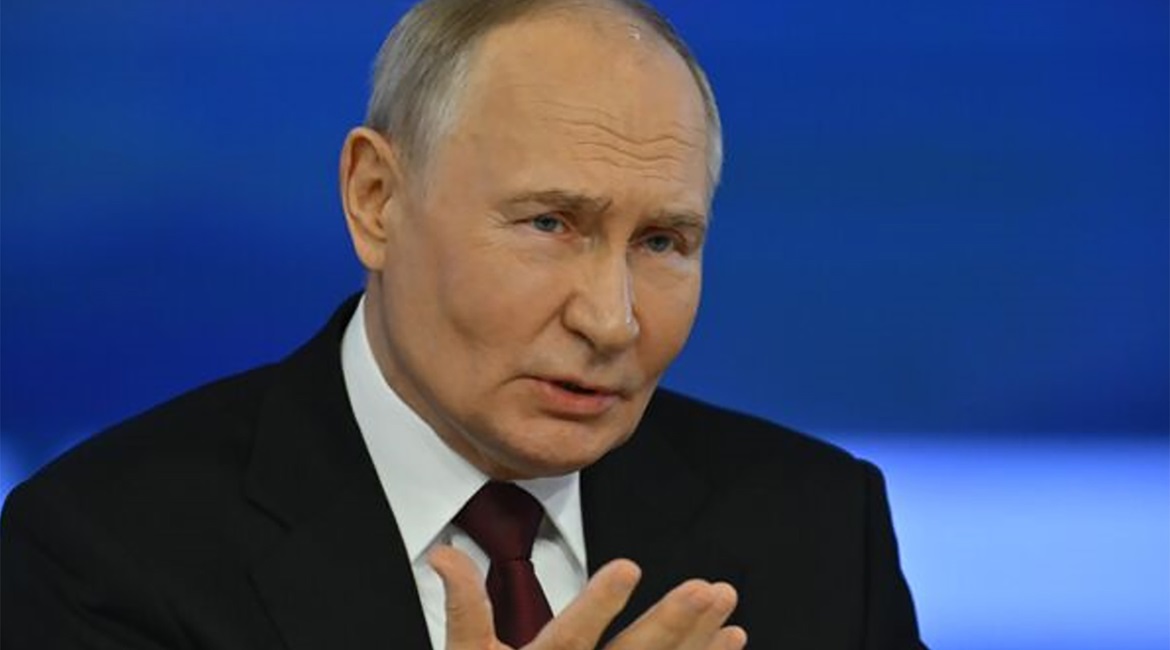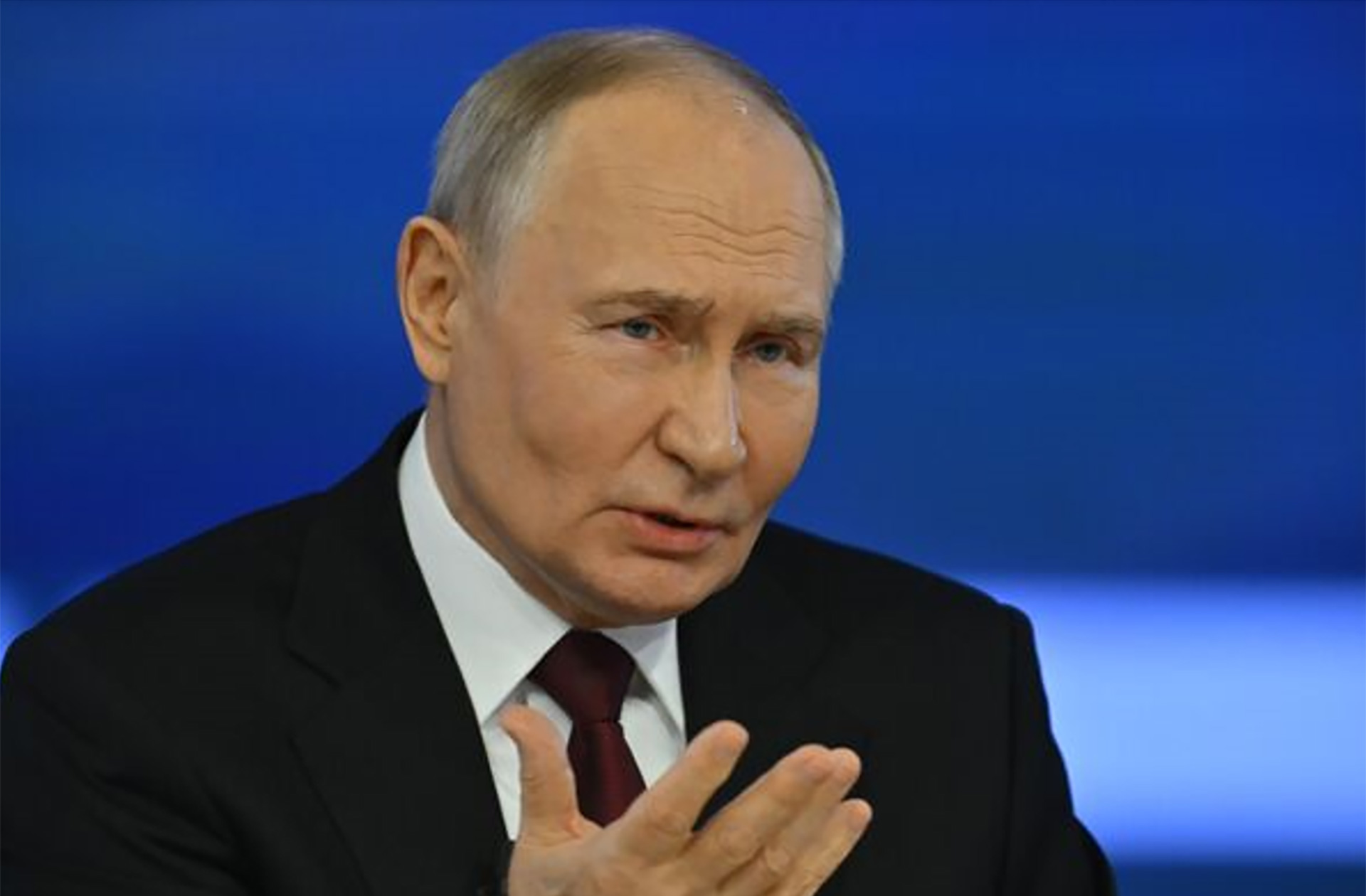
Date Posted: 14-Jan-2025
Author: Guy Anderson, London
Key points
- Event: Russian President Vladimir Putin stated during his annual phone-in and press conference on 19 December that the Russian economy was ‘overheating'. He also addressed the issue of inflation, which was forecast by Russia's central bank to reach 9.2% or 9.3% for 2024, according to a report of the press conference carried by the Reuters news agency
- Significance: The full-scale invasion of Ukraine in February 2022 had a significant impact on the Russian economy. Sanctions of increasing scope necessitated far-reaching import substitution efforts, which increased domestic economic activity and therefore employment (and ultimately inflation). Government spending increases have outstripped receipts, thus pushing the federal budget into deficit from 2022 onwards. Russia has financed the deficit in part using the liquid holdings of the National Wealth Fund (NWF); the national sovereign wealth fund used to absorb surplus oil and gas receipts to insulate the state budget from world energy market volatility. The liquid component of the NWF depleted by 26% between 2022 and 2024.
- Outlook: Janes assesses that at the present rate of drawdown, the NWF liquid assets will be fully depleted by 2030, likely necessitating either higher domestic or bilateral borrowing or reduced non-military funding if defence expenditure remains a priority. Russia remains highly reliant on oil and gas receipts, with the latter having accounted for 25% of revenue between 2017 and 2019, according to IMF data. Janes assesses a break-even price of USD90 per barrel (significantly ahead of the price of USD79 per barrel forecast for 2025 by the US EIA
Event
Russian President Vladimir Putin stated during his annual phone-in and press conference on 19 December that the Russian economy was ‘overheating'. He also addressed the issue of inflation, which was forecast by Russia's central bank to reach 9.2% or 9.3% for 2024, according to a report of the press conference carried by the Reuters news agency.
Russia's benchmark interest rate increased to 21% in October 2024 in an effort to address consumer price inflation. The rate was held at this level by the Central Bank of the Russian Federation as the requirement to reduce inflation was offset against the economic impact of even higher borrowing costs

Russian President Vladimir Putin speaks at his annual televised new conference at the Gostiny Dvor Trade and Exhibition Centre in Russia, Moscow, on 19 December 2024. He stated during the address that the national economy was ‘overheating'. (Sefa Karacan/Anadolu via Getty Images)
Significance
The full-scale invasion of Ukraine in February 2022 had a substantial and immediate- to short-term impact on the Russian economy.
Economic impact of sanctions
Sanctions of increasing scope (notably those imposed by the European Union and United States) necessitated far-reaching import substitution efforts, which increased domestic economic activity and therefore employment (and ultimately inflation).
The Russian ruble lost half of its value against the US dollar between February and March 2022 as a result of measures freezing around half of Russia's foreign reserves, thus limiting the state's capacity to support the national currency and to offset reduced government receipts from hydrocarbons and elevated costs associated with the war in Ukraine. Against the US dollar, the ruble remained 24% below its pre-invasion level as of 23 December 2024.
Russia's federal budget increased by 48% between 2021 and 2024 against a 29% increase in revenue, according to government data.
Greater government spending has also increased inflation, while unemployment fell significantly (from 4.7% in 2021 to 2.4% in 2024, according to Rosstat figures) in part because of the war effort.
Russia's defence budget increased by 133% between 2021 and 2024, rising from 19% to 30% of the state budget.
Government spending increases have outstripped receipts, thus pushing the federal budget into deficit from 2022 onwards.
Deficits of RUB3.24 trillion (1.9% of GDP) and RUB2.120 trillion (1.1% of GDP) were recorded in 2023 and 2024, according to Russian Ministry of Finance figures.
Russia's use of NWF
Russia has financed the deficit in part using the liquid holdings of the NWF, the national sovereign wealth fund used to absorb surplus oil and gas receipts to insulate the state budget from world energy market volatility.
Borrowing options are limited (primarily to the domestic market) given Russia's ostracisation from international bond markets after the imposition of sanctions.
The National Wealth Fund (NWF) liquid assets – composed of Chinese yuan, Russian rubles, and gold – were depleted by 26% between 2022 and 2024, according to Ministry of Finance data. Limited borrowing options mean that Russia's current levels of state expenditure will very likely prove unsustainable during the remainder of the decade in the absence of a significant increase in oil receipts.
Outlook
NWF depletion
The liquid element of the NWF was depleted by RUB1.126 trillion between 2022 and 2023 and RUB0.905 trillion between 2023 and 2024.
This was equal to 39% of the deficit in 2023 and 45% in 2024. By November 2024 the liquid assets were valued at RUB5.792 trillion, according to Russia's Ministry of Finance.
Janes assesses that at the present rate of drawdown (assuming the non-replacement of assets and underlying asset growth of a modest 4% per annum) the NWF liquid assets will be fully depleted by 2030.
Budget outlook
If Russia's present levels of wartime expenditure persist against a backdrop of more limited growth in receipts throughout the second half of this decade, it is likely that budget reductions (likely in non-military domains) or additional borrowings (either domestically or on a bilateral basis with remaining allies) would be required.
Such a scenario assumes limited change in Russia's oil receipts. Oil receipts accounted for 25% of state revenues between 2017 and 2019, according to IMF data, and Russian output has been relatively consistent over the five years to 2023 at an average of 11 million barrels per day, according to US Energy Information Administration (EIA).
Given the historic relationship between output, the price of oil, and state oil receipts (and assuming relatively constant output), Janes assesses that current federal expenditure would require a price of USD90 per barrel to balance the budget. This level is ahead of the Russian Ministry of Economy's April 2024 forecast of an average of USD65 per barrel through 2026.
(Note: Items from news/wire services are abstracted from the originals and are not verbatim)
For more information, please see Russia likely to deplete financial reserves by 2030 at present rate of government expenditure






